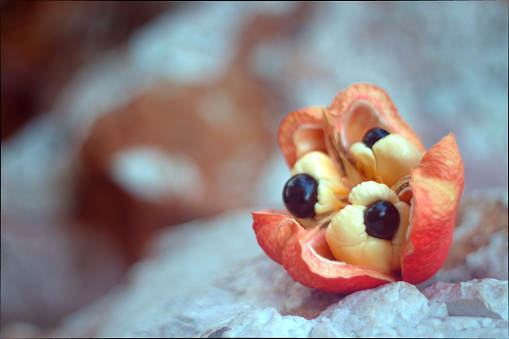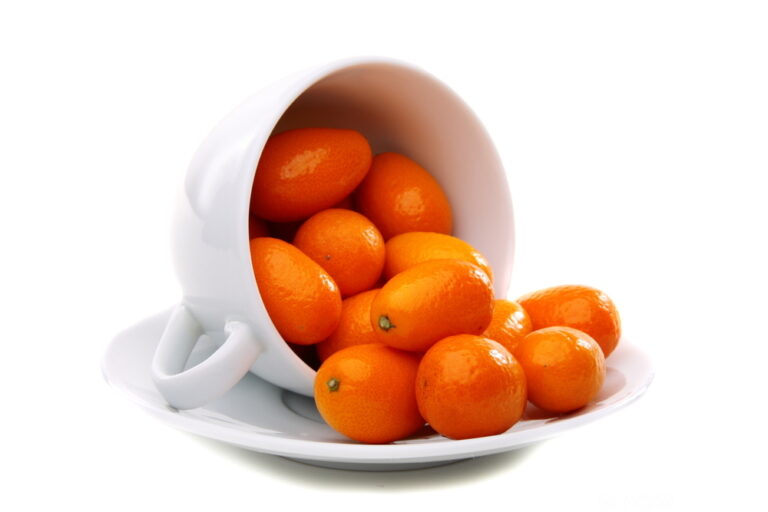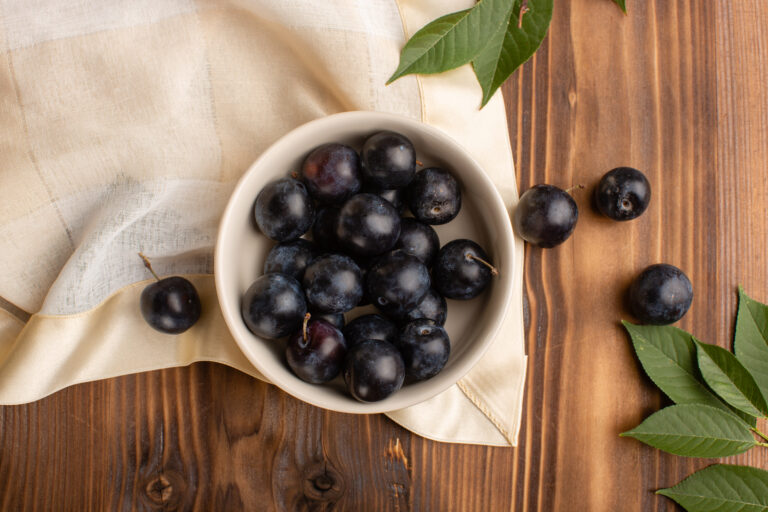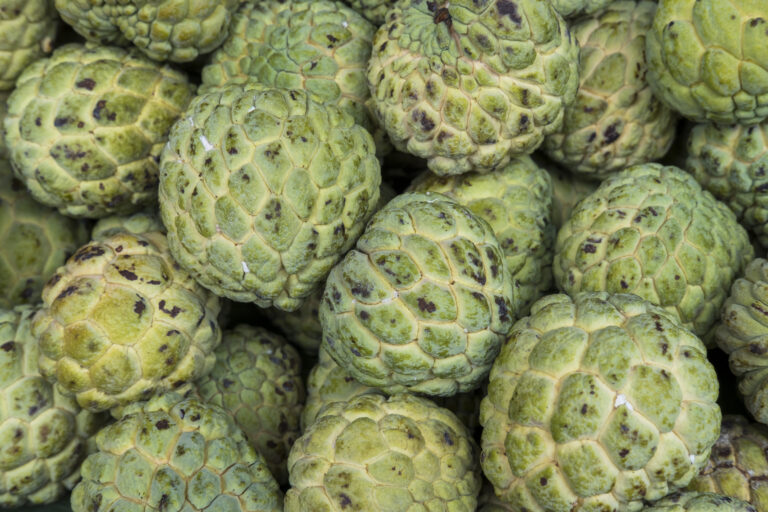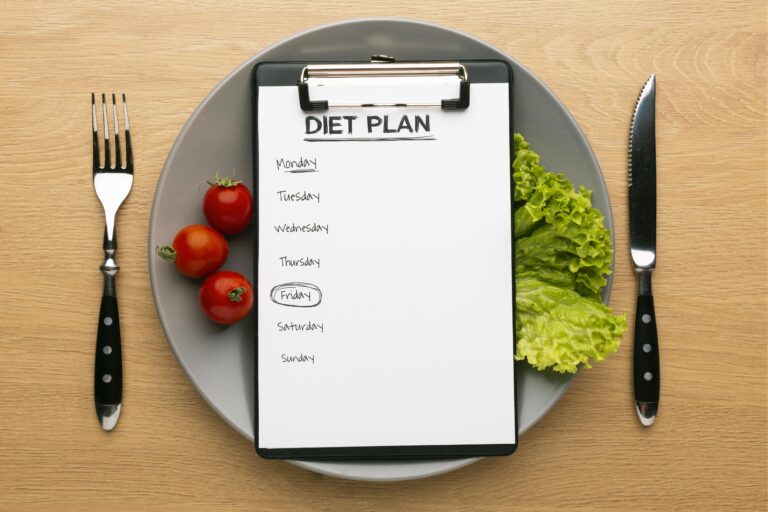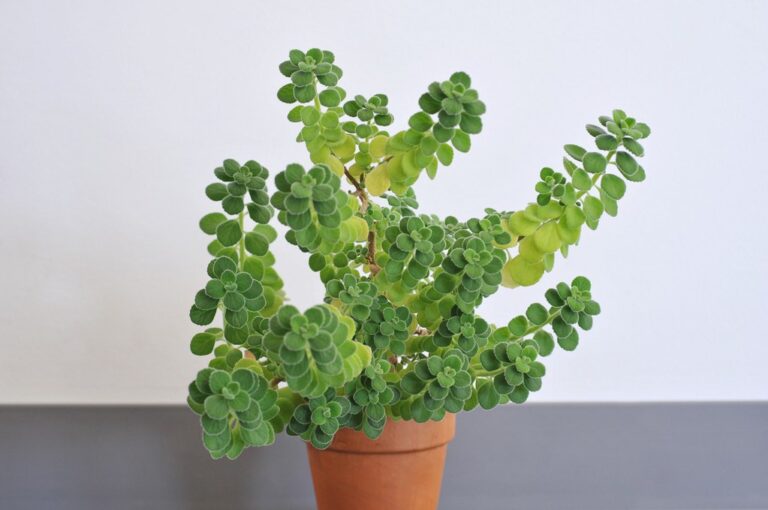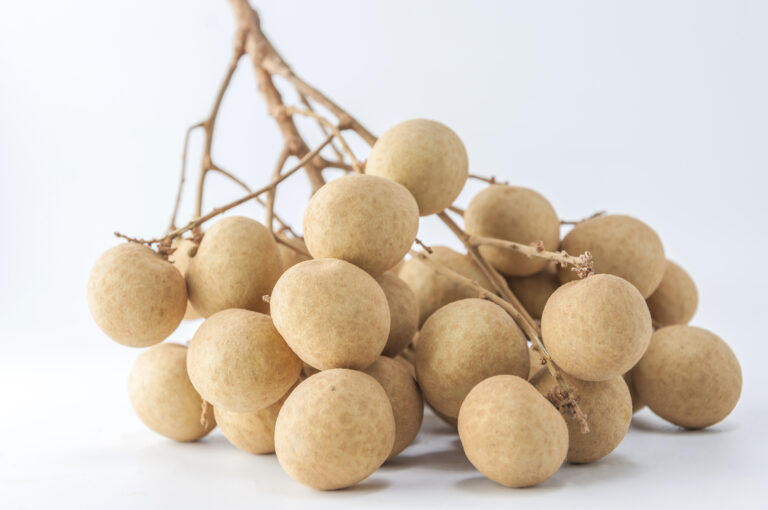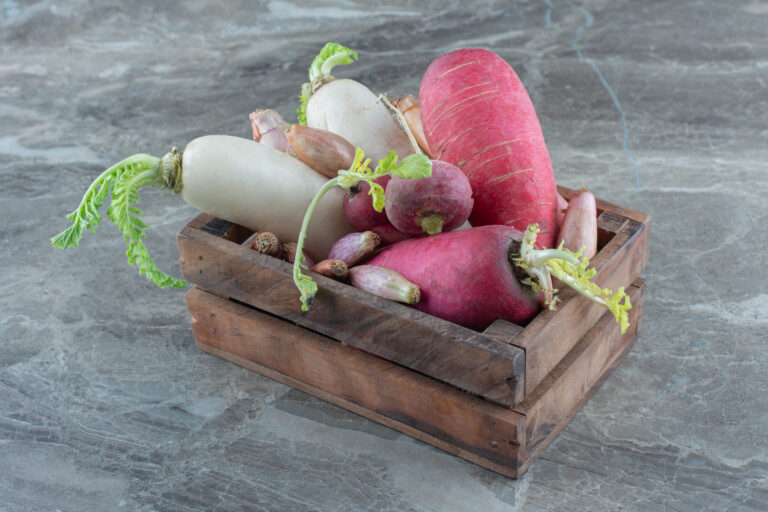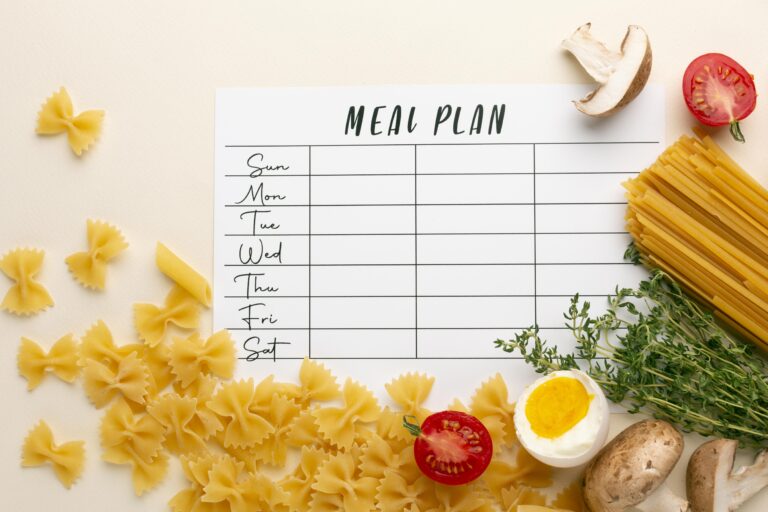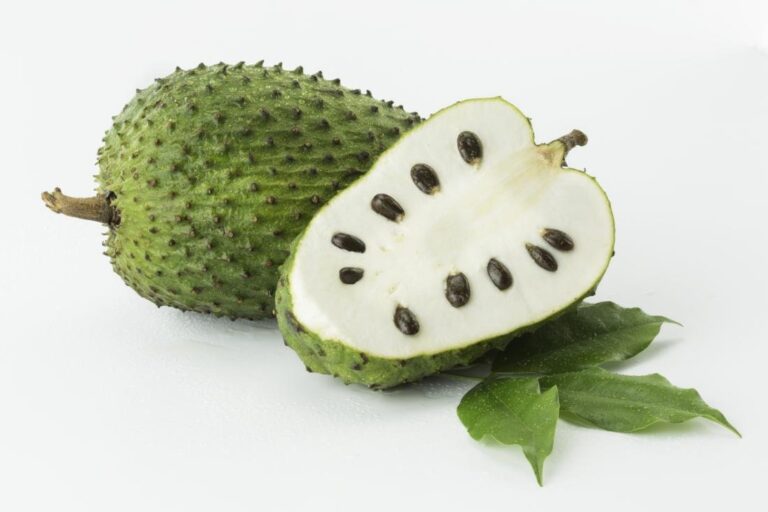Overview
Bubble tea is also known as boba tea. It is a popular and trendy beverage that originated in Taiwan in the 1980s and has since gained widespread popularity around the world.
This unique and flavorful drink combines tea, milk, or fruit flavors with chewy tapioca pearls, creating a delightful and refreshing experience. Most bubble teas start with a base of tea, which can be black tea, green tea, oolong tea, or other herbal teas.
Some variations even use fruit-flavored tea or milk tea. Many bubble tea varieties include milk, adding a creamy and rich texture to the drink.
Traditional milk teas use condensed milk, but others may use regular milk, soy milk, or other non-dairy alternatives.
Flavored syrups, fruit purees, or powders are often added to enhance the taste of bubble tea, with popular flavors including taro, lychee, mango, strawberry, and matcha, among others.

Is Bubble Tea Healthy?
The healthiness of bubble tea can vary based on its ingredients and how it is prepared. Generally, the tea base provides antioxidants and potential health benefits. However, the addition of sweeteners, flavored syrups, and condensed milk can increase the calorie and sugar content.
Tapioca pearls, or boba, are a source of carbohydrates but lack significant nutritional value. They contribute to the drink’s texture but also add calories. It’s important to note that some bubble teas use non-dairy alternatives, like soy or almond milk, catering to lactose intolerance or vegan preferences. However, these substitutes may contain added sugars.
To make bubble tea healthier, one can choose unsweetened or lightly sweetened versions, opt for lower-calorie milk options, and be mindful of overall sugar intake.
Some establishments offer fruit-infused tea and reduced sugar options for a healthier choice. Moderation is key, and individuals with specific dietary concerns should check the ingredients in their bubble tea to make informed decisions aligned with their health goals.
Nutritional Value of Bubble Tea
The nutritional values of a single serving of bubble tea can vary depending on factors such as the type of tea, milk, sweeteners, and additional ingredients used. Here is a rough estimate based on a standard serving size of about 16 ounces (473 ml) of a traditional milk tea with tapioca pearls:
- Calories:
- A single serving of bubble tea can range from approximately 250 to 400 calories. The calorie content is influenced by the type and amount of sweeteners, milk, and any added flavorings.
- Carbohydrates:
- The carbohydrate content is primarily contributed by the tapioca pearls and any added sugars. A serving may contain around 50 to 70 grams of carbohydrates.
- Sugar:
- The sugar content in one serving of bubble tea is often high, with estimates ranging from 30 to 50 grams or more. This can vary based on the sweetness level chosen and any additional sugar or syrups added.
- Protein:
- Bubble tea generally provides a modest amount of protein, typically ranging from 2 to 5 grams per serving. The primary sources of protein are the milk and, to a lesser extent, the tapioca pearls.
- Fat:
- The fat content in bubble tea is influenced by the type and amount of milk or creamer used. A single serving may contain around 2 to 5 grams of fat, with variations based on milk choices.
- Fiber:
- Tapioca pearls contribute a small amount of dietary fiber, usually around 1 to 2 grams per serving. The tea base may also provide minimal fiber content.
It’s important to note that these values are approximate and can vary significantly based on the specific recipe and customization options chosen at the time of purchase.
How To Bubble Tea?
Making bubble tea at home is a fun and customizable process. Here’s a basic recipe for a classic milk tea with tapioca pearls:
Ingredients:
For the Tapioca Pearls (Boba):
- 1/2 cup dried black tapioca pearls
- Water for boiling
- Brown sugar or honey (optional, for sweetening the pearls)
For the Milk Tea:
- 2 to 3 teaspoons loose-leaf black tea or 2 tea bags
- 1 cup hot water
- 2 tablespoons condensed milk or sweetened condensed milk (adjust to taste)
- Ice cubes
Instructions:
- Boil tapioca pearls for 15-20 minutes until they float.
- Optional: Mix with brown sugar or honey.
- Steep black tea in hot water for 3-5 minutes, then strain.
- Add condensed milk to the brewed tea.
- Pour sweetened tea over ice in a glass.
- Add cooked tapioca pearls.
- Stir gently with a wide straw and savor your homemade bubble tea.
In conclusion, bubble tea can be enjoyed as part of a balanced lifestyle. Understanding its nutritional content, making informed choices, and embracing moderation ensure that this delightful beverage remains a treat without compromising health.
Also, check out Cuban Oregano Health Benefits.


